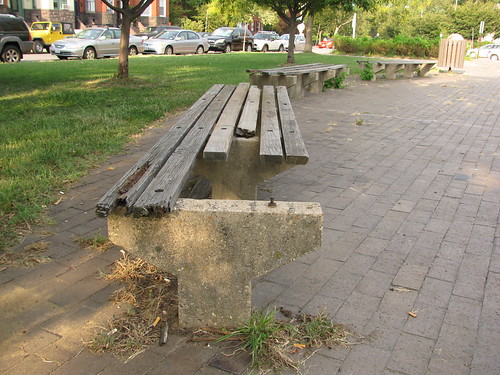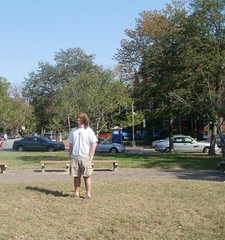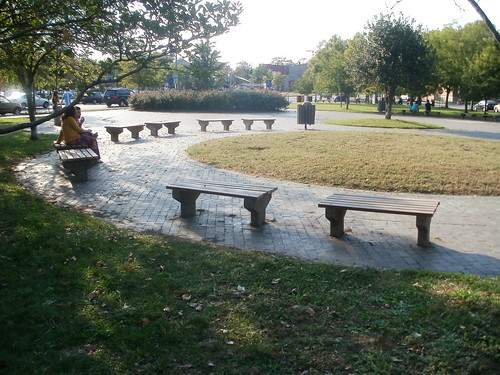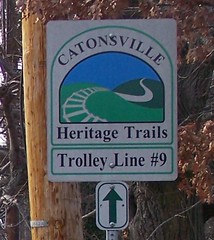New Years post #3: How about more community self-help (Peter Riehle and Eastern Market Metro Plaza)

Photo of benches at the Eastern Market Metro Plaza by Gary Barbour.
Related to the previous entry about utilizing an interest in sustainability to promote both urbanism and civic engagement and participation is the general idea of self-help from the standpoint of President John F. Kennedy's "Ask not what your country can do for you, but what can you do for your country."
The point at least for me is that we as citizens shouldn't be infantilized (also see "learned helplessness"), that we shouldn't look to government to do everything for us, to take care of our neighborhoods, that we need to take part in our community, shape it, and shape community and city agendas.
One way we can do this is by stepping up and doing projects that improve our community. This can be collective -- community cleanups, community festivals, walking, biking, and fitness events, etc. -- or individual. For example, most times when I walk home from the subway station, I will pick up litter, separating it into three categories--recyclable, compostable, trash. I pick up recyclables along bike routes and deposit them in residential recycling containers, etc.
A good example of organized, community efforts are the community service projects that Boy Scouts of high school age have to do, as part of the series of challenges that they must meet in order to earn the rank of Eagle Scout.

Peter Riehle (above, photo) lives across the street from the eastern side of the Eastern Market Metro Plaza greenery. For most of the city's history, the land was under National Park Service control. For many years, the park benches there have been decrepit, and the NPS never got around to or had the money to replace them. Now, this reservation is under the control of the DC Government, and it is unclear what procedures the DC Dept. of Parks and Recreation has established for park maintenance and improvement.
Peter decided to take this on as his Eagle Scout community service project.

Photo by Peter Riehle.
Peter spent about 29 hours on the project, including 7 hours of planning. It cost about $500 in lumber, bolts, and other materials. He had 7 other people helping him (Joe May, Chris May, David Heim, Nick Heim, Will Warren, Avery O'Brien, Martin Martinez) and they spent 54 hours total on the project.
It's a greatly appreciated neighborhood improvement and amenity. Note that another example of an Eagle Scout-driven project was the initial creation of the Catonsville #9 Trolley shared use path, in 1991.

At a meeting a few weeks ago, Councilmember Wells commented how our response to vandalism, homelessness, etc., has been to remove street furniture and other amenities from our public places, rather than to address the root problems that led to a diminishment of the quality in our public spaces.
Peter Riehle's park bench project is a great example of residents stepping up to maintain and improve public spaces and community places, of making our public places better and more congenial.
We need a lot more of this kind of community self help going forward.
(Also see "New Benches Make Their Mark" from the November issue of Hill Rag.)
Labels: civic engagement, participatory democracy and empowered participation, progressive urban political agenda, urban design/placemaking



0 Comments:
Post a Comment
<< Home